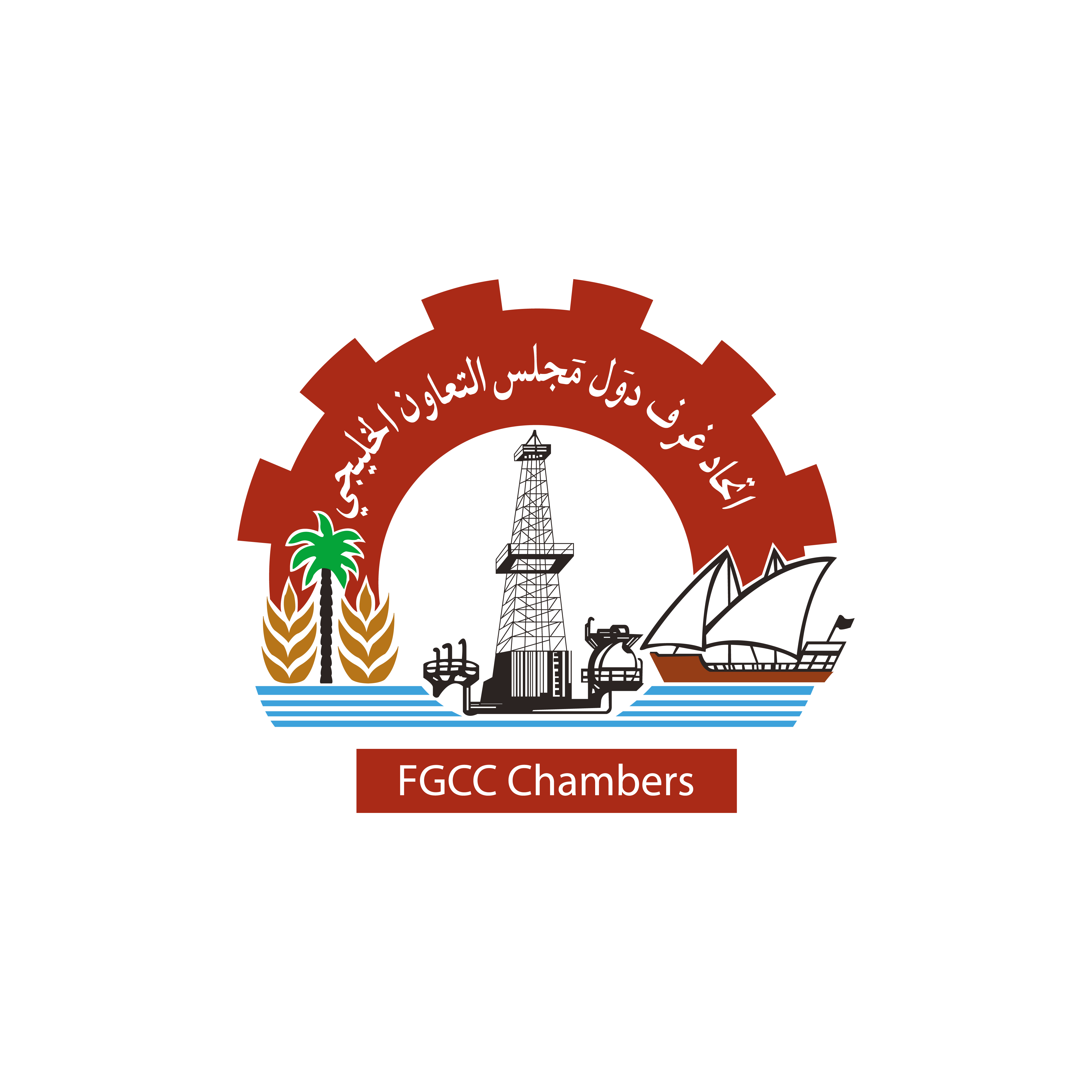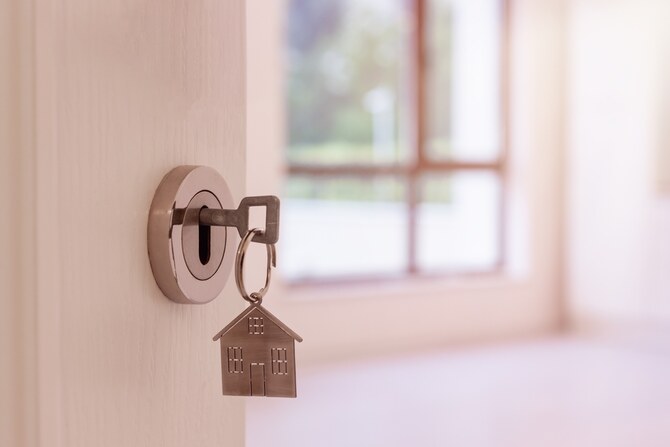Saudi banks issued SR10.06 billion ($2.7 billion) in new residential mortgages in November, a 51.23 percent increase compared to the same month last year, according to recent data.
Figures from the Kingdom’s central bank, also known as SAMA, show this is the highest monthly amount in over two years, underscoring robust activity in the Saudi housing market.
Houses accounted for the majority of these loans at SR6.5 billion, or 65 percent, followed by apartments at 31 percent and land purchases at 4 percent.
This comes as Saudi Arabia’s residential market continued to show strong demand fundamentals in the third quarter of 2024, with annual growth in sales transaction volumes across major metropolitan areas such as Riyadh, Jeddah, and Dammam, according to a report released earlier this month by CBRE Middle East, a global leader in commercial real estate.
Apartment lending saw the highest annual growth rate, surging 60.6 percent, followed by houses at 49 percent and land at 24.35 percent in November, SAMA showed.
The steady rise in the share of apartment financing, increasing from 14 percent in 2018 to 31 percent in 2024, highlights a notable shift in Saudi Arabia’s residential real estate landscape.
These homes are increasingly favored by expatriates and smaller families, offering a cost-effective alternative to traditional houses.
They also cater to the affordability needs of young Saudis entering the housing market amid escalating property prices.
Conversely, the share of house financing has declined from 75 percent in 2018 to 65 percent in 2024, reflecting changing demographics and lifestyle preferences.
Riyadh, in particular, has witnessed a surge in demand fueled by population growth and a steady inflow of expatriates attracted by expanding job opportunities.
Over the 12 months leading to the third quarter, transaction volumes in Riyadh surged by 31 percent year on year, reaching 24,000 sales, according to the CBRE report.
However, this heightened demand has outpaced the supply of new housing units, leading to supply constraints and further driving up real estate prices.
CBRE report showed that the average villa price in Riyadh has increased by more than 5 percent over the past year, with further value growth expected in 2025 as high-quality modern inventory is completed and supply-demand dynamics remain tight.
Villa sales values in Riyadh currently average nearly SR6,000 per sq. meter, with potential for further growth in the coming quarters. Apartment growth has been more modest at approximately 4 percent year on year, with prices now averaging close to SR5,000 per sq. meter, the report added.
The Kingdom is accelerating residential construction, particularly in Riyadh, as part of its Vision 2030 agenda to accommodate a growing population and attract international talent.
While major projects are underway to address the housing shortage, supply constraints remain a pressing challenge.
Limited land availability and construction delays have intensified the housing crunch, pushing property prices higher. These challenges are most pronounced in urban centers like Riyadh, where the demand-supply gap is particularly acute.
The transformation of Saudi Arabia’s housing market reflects broader economic and societal changes.
As the Kingdom continues efforts to diversify its economy, attract foreign investment, and enhance quality of life, demand for varied housing options, including apartments, is expected to grow.
SAMA’s latest figures highlight a market in transition, adapting to the needs of a dynamic and evolving population.
With ongoing construction and strategic urban planning, Saudi Arabia aims to balance demand and supply, ensuring sustainable growth in its residential real estate sector.



